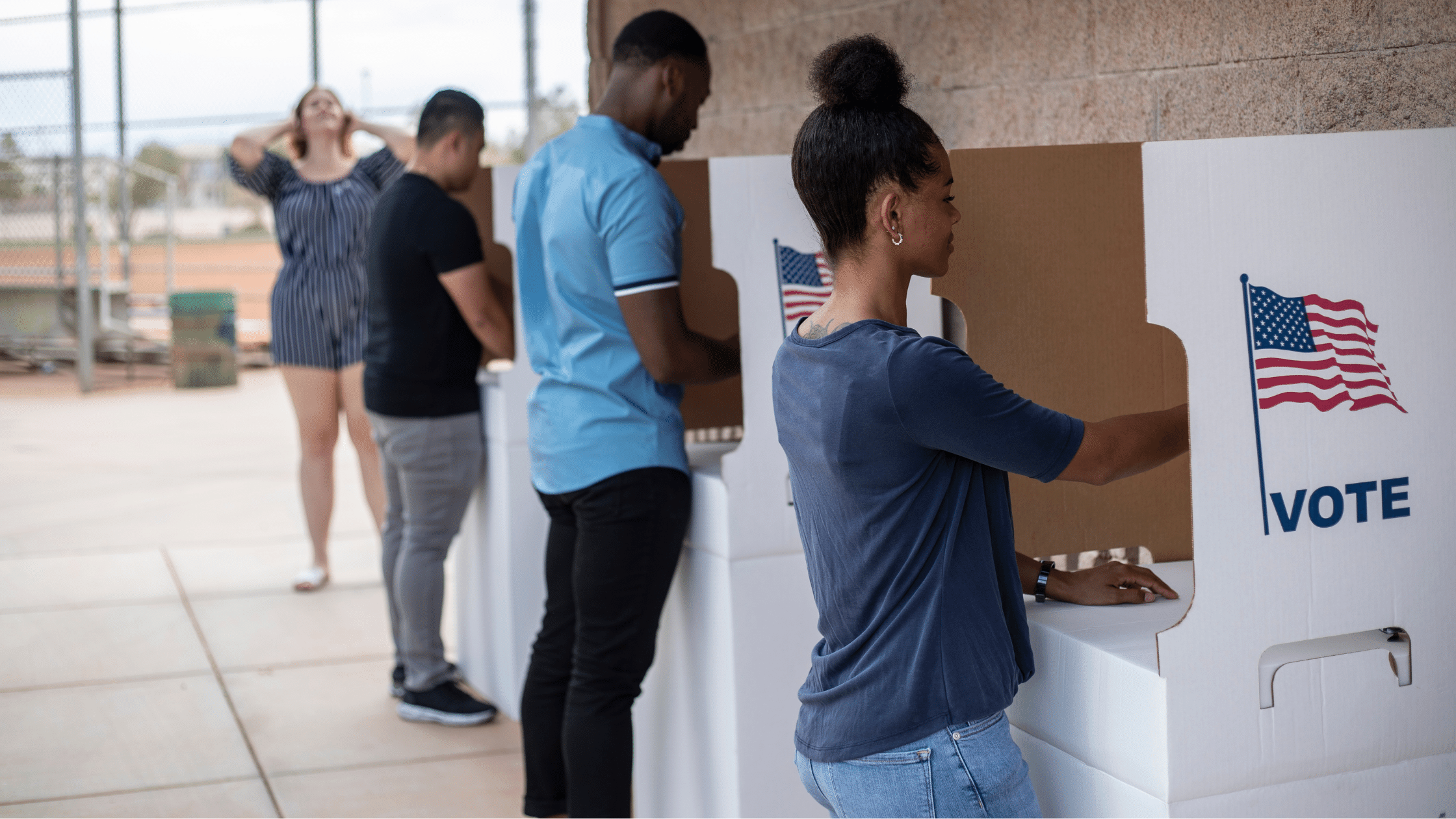Research on the effects of prepaid postage on voter participation in Switzerland found a modest increase in turnout between 1.1 and 1.3 percentage points.
Disability and Voting Access Policies in 2020
Many states made policy changes to make it easier to vote in 2020 due to the pandemic, while some states had already provided increased voting access after the 2016 elections. This fact sheet outlines those changes.
How Lines at the Precinct Depress Future Turnout
Researchers have increasingly paid attention to the impact that the administrative component of elections has on voter behavior. Existing research has focused almost exclusively on the effect that legal changes–such as voter identification laws–have on turnout. This paper extends our understanding of the electoral process by exploring how one aspect of the precinct experience–standing in line to vote–can shape the turnout behavior of voters in subsequent elections. I demonstrate that for every additional hour a voter waits in line to vote, their probability of voting in the subsequent election drops by 1 percentage point. To arrive at these estimates, I analyze vote history files using a combination of exact matching and placebo tests to test the identification assumptions. I then leverage an unusual institutional arrangement in the City of Boston and longitudinal data from Florida to show that the result also holds at the precinct level. The findings in this paper have important policy implications for administrative changes that may impact line length, such as voter identification requirements and precinct consolidation. They also suggest that racial asymmetries in precinct wait times contribute to the gap in turnout rates between white and non-white voters.
Does Voting by Mail Increase Fraud? Estimating the Change in Reported Voter Fraud When States Switch to Elections By Mail
U.S. voters recently participated in the 2020 general election, which determined the next president as well as other public officials at the federal, state, and local level. While Election Day was officially Tuesday, November 3, many voters cast their ballots early—either in person or by mail. This article examines the claim that states can expect more cases of voter fraud when ballots are distributed by mail. It does not consider the consequences of early in-person voting or other challenges facing voting by mail, such as the timeliness of the U.S. Postal Service or the reporting of election results. Nor does it consider whether voters are more likely to incorrectly mark their ballots or whether election workers are more likely to incorrectly reject ballot.




